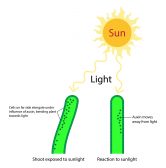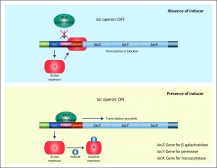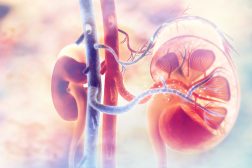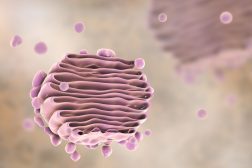Definition
noun, plural: neurohormones
Any of the various hormones secreted by neuroendocrine cells
Supplement
A neurohormone refers to any of the hormones produced and released by specialized neurons called neuroendocrine cells. Neurohormones are secreted by these cells into the bloodstream for systemic effect. Some of them though act as neurotransmitters as well. As a neurotransmitter, they serve as a signal molecule from one neuron to another. Thus, some of them are not just for endocrine signaling (where they act as hormones) but also for autocrine or paracrine signaling.
Neurohormones include releasing hormones, neurohypophysial hormones, adrenomedullary hormones, and enteric neurohormones.
Releasing hormones and neurohypophysial hormones are hormones produced by the neuroendocrine cells in the hypothalamus. The hypothalamus is the region of the brain located between the thalamus and the midbrain. It is made up of several small nuclei. The releasing hormones, as opposed to neurohypophysial hormones, are released from the axon terminals that extend to the median eminence and reach to act on the anterior pituitary. Examples of releasing hormones are thyrotropin-releasing hormone, corticotropin-releasing hormone, growth hormone-releasing hormone, gonadotropin-releasing hormone, etc. The neurohypophysial hormones are hormones produced by the neuroendocrine cells in the hypothalamus with axon terminals extending to the neurohypophysis. These hormones are stored inside the Herring bodies in the axon terminals and are secreted into the circulation to reach and act on target cells. Examples of neurohypophysial hormones are oxytocin and vasopressin.
Adrenomedullary neurohormones are catecholamines secreted from the adrenal medulla by the neuroendocrine cells, chromaffin cells. Examples of adrenomedullary hormones are epinephrine, norepinephrine, and dopamine.
Enteric neurohormones are neurohormones produced and released by enterochromaffin-like cells in the gastric glands of the stomach lining. These cells release histamine.
See also:
- hypothalamus
- neuroendocrine cell
- hypothalamic hormone
- neurohypophysial hormone
- adrenomedullary neurohormone
- enteric neurohormone
- endocrine system
- autocrine signaling
- paracrine signaling







